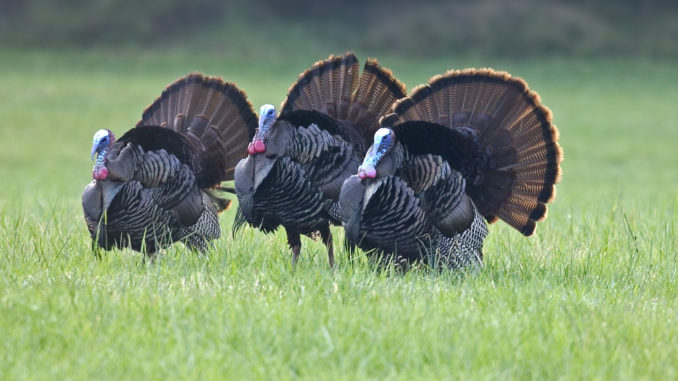
The outlook for the this year’s spring season is only fair for most areas because of apparent low production rates, according to South Carolina Department of Natural Resources’ Charles Ruth.
As has been the case in six of the last seven years, it appears that wild turkey reproduction was less than desirable in many regions based on the annual brood survey conducted by DNR last summer.
Although average brood size was good, with hens averaging 3.7 poults, 54 percent of hens observed had no poults at all by late summer. That translated into a total recruitment ratio of 1.8.
Recruitment ratio is a measure of young entering the population based on the number of hens in the population.
“In the Southeast, weather often plays a big role in turkey populations, with heavy rainfall coupled with cool temperatures during the spring nesting and brood rearing season leading to poor reproductive success,” Ruth said. “However, that does not appear to be the case last year because those types of events were not widespread across the state.
“Clearly there may have been broods lost due to strong thunderstorms at the local level; however, this does not explain generally poor reproduction at the statewide level.”
What does poor reproduction by turkeys mean for the spring turkey hunter?
“With poor reproduction the last few years, the number of mature gobblers (2 years and older) available during the spring of 2010 will likely be lower across much of the state,” Ruth explained. “Not only is the number of adult gobblers expected to be down in 2010, (but) the survey results indicate that the number of jakes will be lower as well.”
That continues a trend over the past few years, he said.
“The summer brood survey has documented poor reproduction the last few years, and it is supported by a decline in turkey harvest each year, with a net reduction in harvest of about 35 percent since 2002,” Ruth said. “The statewide turkey population is estimated at 90,000 birds, which is good, but obviously lower than when reproduction was better.”
Unfortunately, all hunters can do is hope Mother Nature intervenes.
“The bottom line, is that we need a couple of years of better reproduction to overcome poor reproduction the last few years,” Ruth said.



Be the first to comment